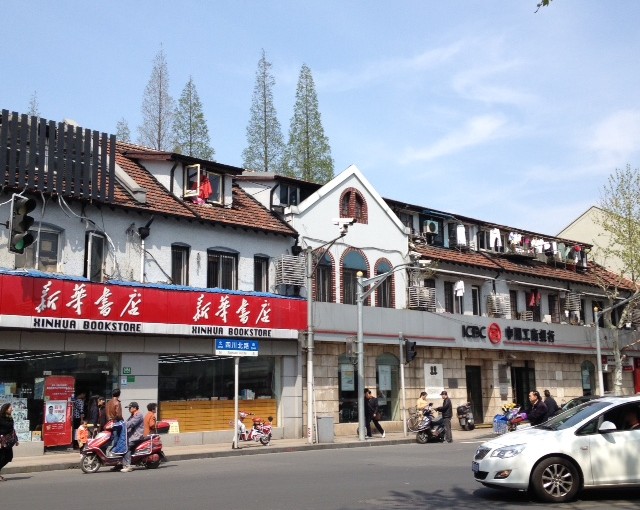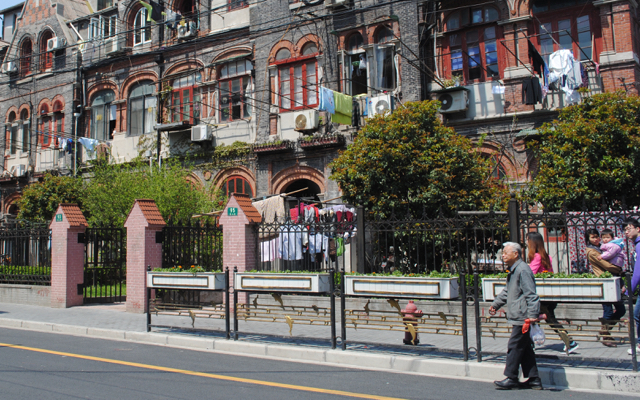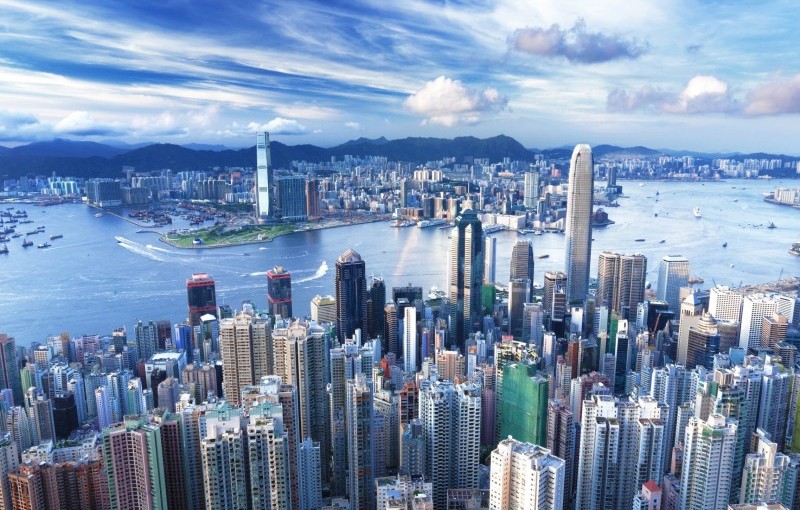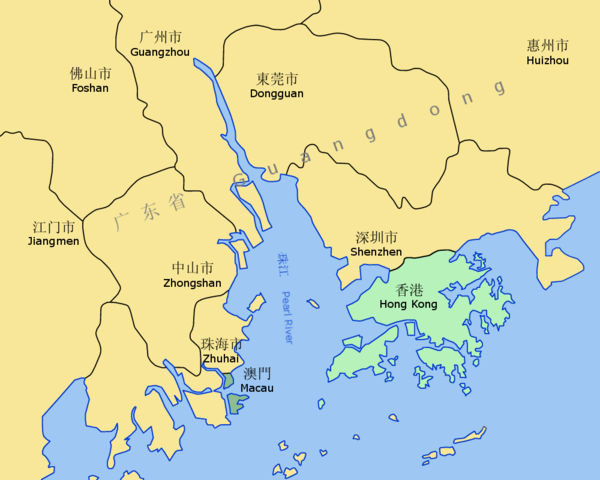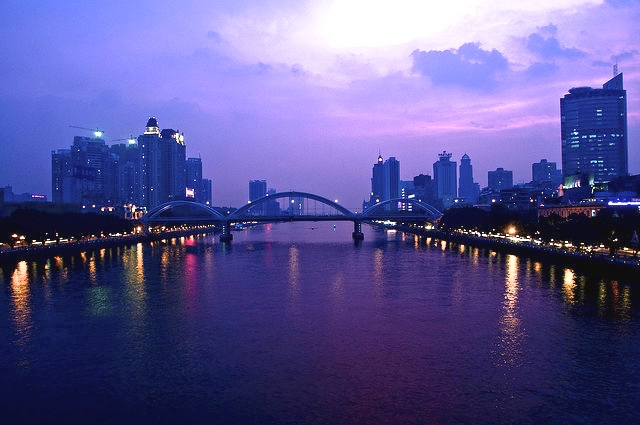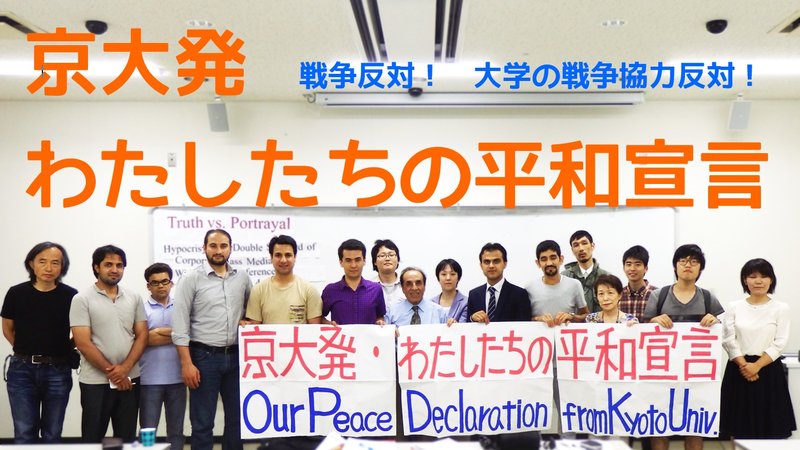作者:河崎深雪(Miyuki Kawasaki)
上海交通大学日本语学科 日语专家
文学博士
在一个梅雨停歇的下午里我坐在靠近张爱玲住过的公寓傍边的咖啡厅,透过玻璃窗看见外面,眼前掠过的是穿着凉鞋的女孩,拭汗的商客,和老奶奶推着童车新生儿的撒欢。当下上海物质生活足够丰富然,几乎所有的人享受着城市的美好生活,这般光景抚慰着我。因为我看到的不再是枪声逼迫人们逃难,爆弹横飞城市被毁的烟雾,和儿童流着血赤脚逃生场景,更不是阵阵恐惧的凄厉…。
我独独暗自拭泪。七十年前的上海人饱受战火惶恐,他们无法享受到当下的繁荣、幸福,像今天这样从容闲定地品味下午咖啡馆的时光。那时,人们的生命薄如片纸,更轻似空气中片片飘浮的羽毛。
在中国生活进入了第十一个年头,在这十年里,我遭遇到过一些人谩骂和教训我。原因我是日本人,也正因为自己是日本人,我背负着加害于人之后代难解的烦恼,这等苦衷可能是被受害人难于理解的另一种人生的悲哀和凄凉。
我出生于二战结束的十多年后,我降生人世时不曾携带着任何武器。在日本我们被称呼”没有经验过的孩子们”。
战后出生的日本人是否也应替代国家背负起这个沉重的十字架?
某日在上海的一家便利店,有位老板娘用上海问我:“侬有一块钱伐?”假如我不开口回应,老板娘不会知道我是日本人。一瞬之间我突然有这样的感悟,我和她的立场不同仅仅只是出于偶然。彼此或许可能出生在同一个国家,也或许老板娘会是在日本出生,更或许自己也有可能是在上海出生。
人不能选择父母也无法选择国家而诞生于世。
大约在100多年前,日本这个小岛国作出一个非常愚蠢的抉择,那就是与中国开战入侵中国。当时,日本国民的头脑被军国主义思想统治,相信军国就等于相信爱国。谁要是敢站出来反对,这人将遭到唾弃或被指责为日本的“非国民”。
当时的上海,有大量的日本人为寻找新天地、新梦想蜂拥而至。1870年时期在上海仅百余个日本人。1943年统计日本人上海在住人口突破十万。日本人对上海的街坊是情有独钟的,那时的四川北路上日本人经营的商店近200家,由长崎船运天天送货至三角菜场,新鲜的鱼、蔬菜、鲜花等等品种俱全。之后,又设办了10所日本国民小学,当然不乏日本银行,商社、纺织工厂开办,另外还拥有娱乐设施、医院、寺庙,甚至拥有日本人墓区。与其他列强一样,当时的日本企图赶走他国势力独自占领上海。
在日本我的少女时代,还可以听到旧流行歌曲里难舍迷恋上海这座国际大都市的情怀。如梦似幻的四马路,悠悠而粗旷的汽笛声, 婀娜多姿的旗袍女郎,尽在上海的夜雾里浮想联翩。
我作为一名语言的研究者,长居上海在大学教日文的同时,寻索上海战前的”语言接触”现象,亦可调侃说是“洋泾浜日语研究”。我想弄明白,那个年代里日本人和中国人用什么样的语言交流,何种方式交流?包括日语和上海话之间是如何相互影响的。有时候我在藏书楼幽暗的灯光下我查阅着资料力图有所发现。也有时候,我跑到虹口当时日本人居住过的地方,搜寻当时懂日语的老者。我想表达的是,我的行为属于社会语言学研究,也通过这些调查渐渐了解到当时日本人在这座城市的行动轨迹。
在塘沽路上,一个将被拆迁的建筑物的小角落,一般人所不知晓的是这里曾经为日本人专属的小小“红灯区”。眼下只剩片片瓦砾颓垣,当时的景色已荡然无存。一位热心的阿姨悄悄凑近我“往那边进去,进去看看吧!”,当我来到里边被映入眼帘的景象震撼,这里是当时的“窑子”,房间都被隔成一间间小屋。不难想象,酱红色扶手旁卖春妇向日本客人频频招手,妖艳声笑。那些稍有点小钱的日本人男人酒味浓浓,欣然上楼。我仿佛身临其境听见了当时的淫笑声,这也是过去日本人愚蠢行为的又一个见证。
眼下这片小角落里均住着外来打工者,晒满的衣服有如联合国的万国旗。唯抬头一望天空,透过天井的空间尚有蓝天呈现,白云掠过。
那是去年九月底时的情景。一朵黄色的南瓜花从砖石缝里挺身而出……油然我联想到的是江户时代松尾芭蕉描述古战场的俳句诗。
真如:
“夏草青茂,武功前尘犹如梦”
去年十一月底,我带领日本国立大阪大学的一位教授重游了此地。那位教授似乎也被此时此景有所震撼,而就地伫立久久难去。我们彼此意会和感受到“往日之悲痛,当下何再生”。虽然我们在搜寻当时语言现象,但通过调查我们了解到的是,战争时下的言语交流语境应该彻底埋葬于历史而不再重现。
南京究竟有多少人被屠杀,这是史学家颇具争议的话题。但对大多数日本民众而言,20万无辜百姓被屠杀,够多了。若是2万人被屠杀亦已够多。即使是2000人200人被屠杀,或是20人2个人被屠杀亦是不可饶恕之罪,罪莫大焉。这是我等居多的日本民众的真实想法。如此的事情不能再次发生。
这70年间我等日本人牢记和平宪法的宗旨,没有开始任何战争。这也是不争的事实。日本宪法第九条规定:永远放弃战争。这也是我们勿论当下和将来持续遵守的信实。人类的生存的平等环境莫过于任何事情。世界上任何人都有活存自己的生命的权利。
在此必须指出的是,日本人毫无疑问是战争的加害者,但同样也是战争受害者。日本广岛、长崎被原子弹烧尽,40余万生灵涂炭。更多的生灵丧失在东北满蒙的土地上,饥饿病患者孤魂南洋再也无法归返故里。无数在战场上牺牲的年轻士兵,他们本该是前途无量的青年学子。
这里,我要介绍日本战争时期住在上海的一位日本小学生的作文。这个小学生的家在旧租界,常常跟邻居的中国小朋友玩。时间长了,他们互相了解了对方的语言,他懂中文,中国小朋友也懂日文。(这就是语言接触的一个例子)他们过春节时也一起放鞭炮。中国小朋友家常来位年轻叔叔,他是飞行将校,喜欢这两个小朋友。有一天这位叔叔带着两个小朋友去虹桥飞机场给他们看飞机。叔叔对日本小朋友说,”你不可以开口说话,一开口因为你的口音,人们就知道你是日本人。”于是他一个人等待在车子里面。后来上海形势紧张,他妈妈带他回日本。日本小朋友因为想念中国邻居和那位温和亲切的叔叔而写下了这篇作文。他在文章结尾写着,”开战了,那位叔叔是不是要跟日本打仗?我很担心叔叔,小弟弟现在怎么样,要是战争结束,我很想再跟他一起玩。”
当我在藏书楼里读到这样一篇作文,昏暗的灯光下难掩我扑哧落下的热泪。在无情的战争年代里,敌对国的两个小朋友之间产生了纯洁的友情,也产生了对誓为永远之友的关怀之心。
战争年代过去了。
国与国,民族与民族之间,难道真不能互相体念,互相尊重,互相携手相助吗?
在反法西斯胜利七十周年纪念的今年,我人在上海。
此刻我坐在一个咖啡厅的角落倚靠着窗户,忆想着雨后的梧桐林荫道……
这是一条人人应该走上一回,而又不可忘却的道路啊!
 日本語
日本語 English
English 中国語
中国語